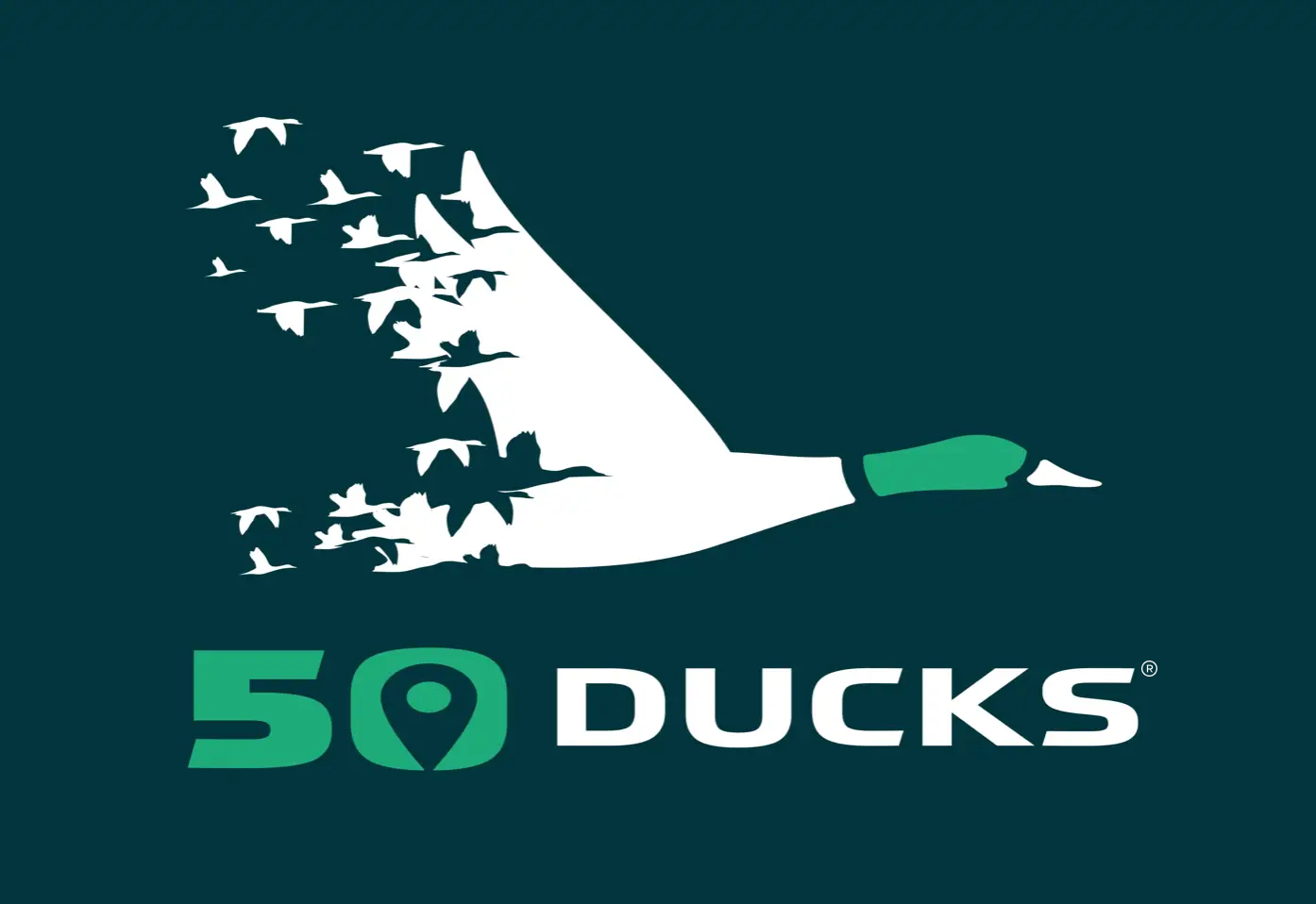Mallard
The Mallard, abundant over much of the northern hemisphere, is arguably the most iconic duck species. It inhabits regions ranging from North America to Europe and into Asia. However, not all Mallards are as wild as one might assume. Delving into their history and genetics reveals a captivating blend of domestic influence and wild heritage. To read more about how domestic “farm ducks” have influenced Mallard genetics check out “A Tale of Two Worlds“

Identification
Male mallards, or drakes, have a distinctive glossy green head, white neck ring, and chestnut-brown chest. Females, or hens, are mottled brown, providing excellent camouflage.
Breeding
Mallards are often called prolific breeders in the waterfowl world. If a hen has an unsuccessful nest, she will renest, sometimes up to 5 or 6 times. Often, if a breeding pair is unsuccessful, they will find a new mate for renesting. Females typically lay 5-15 eggs per clutch, and the incubation period lasts about 28 days.
Behavior
Mallards are dabbling ducks, meaning they feed by tipping forward in the water to reach food rather than diving.
Habitat
Mallard habitats are as diverse as the birds themselves, ranging from flooded timber and marshes to agricultural fields, lakes, and ponds. These adaptable birds can thrive in a wide variety of wetland environments, both natural and man-made. Mallards are the most common species of waterfowl in North America.
Migration
Mallards in different parts of North America exhibit diverse migration patterns; some travel thousands of miles from the Prairie Pothole Region (PPR) to wintering grounds, while others move less than a hundred miles north and south around the Great Lakes throughout the year.
No Data Found
How Many Days Tracked
Lorem ipsum dolor sit amet, consectetur adipiscing elit. Ut elit tellus, luctus nec ullamcorper mattis, pulvinar dapibus leo.
Where are they now?
Lorem ipsum dolor sit amet, consectetur adipiscing elit. Ut elit tellus, luctus nec ullamcorper mattis, pulvinar dapibus leo.
No Data Found
No Data Found
Total Number of Data Points for Mallard
Lorem ipsum dolor sit amet, consectetur adipiscing elit. Ut elit tellus, luctus nec ullamcorper mattis, pulvinar dapibus leo.
Start and End Date Tracking of Mallard
Lorem ipsum dolor sit amet, consectetur adipiscing elit. Ut elit tellus, luctus nec ullamcorper mattis, pulvinar dapibus leo.
No Data Found
Overall Data from the Center
This is historical data from various sources. This data is available in its full form on our Duck Map in an easily visualizable format.
